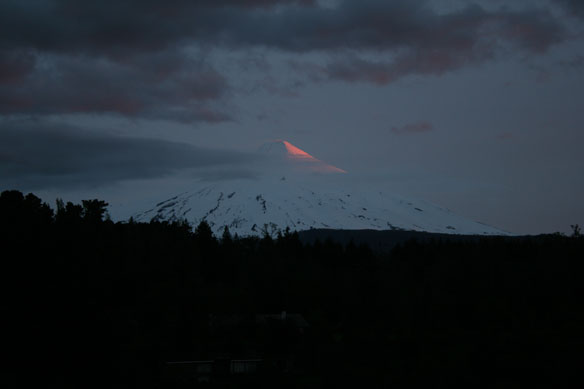
Chile. Photograph: © SAF
Excerpts;
Glaciers are one of the natural environments most often used to illustrate the impacts of climate change. It is fairly indisputable that in a warming world, glaciers melt faster.
Yet two recent studies published in top scientific journals (more here and here) suggest that in the Himalayas the rate of mass loss has been small and overestimated, and that further west, in the Karakoram range, the glaciers are actually slightly gaining mass.
Is there a conflict between these studies and the wider body of research indicating that, worldwide, glaciers have been receding for several decades?
…
Read Full Article, Guardian Uk
No ice loss seen in major Himalayan glaciers: scientists, AFP
One of the world’s biggest glacier regions has so far resisted global warming that has ravaged mountain ice elsewhere, scientists reported on Sunday. For years, experts have debated the state of glaciers that smother nearly 20,000 square kilometres (7,700 sq. miles) of the Karakoram range in the western Himalayas.
Some Asian glaciers ‘putting on mass, BBC
The response of Himalayan glaciers to global warming has been a hot topic ever since the 2007 report of the Intergovernmental Panel on Climate Change (IPCC), which contained the erroneous claim that ice from most of the region could disappear by 2035. Much of the region is inaccessible, and there has been a general recognition that observations need to be stepped up in order to clarify what is going on.









